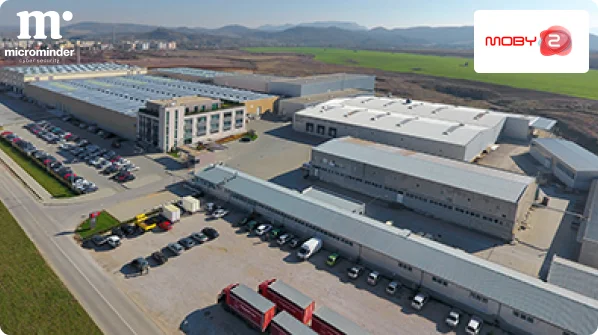Understanding Threat Visibility in Containerised Environments
Organisations these days embrace containerisation to achieve scalability and greater deployment speed. But by doing this they also expose themselves to a new class of security challenges. The old fashioned security models that are built to maintain static infrastructure often lack the ability to safeguard dynamic, ephemeral container ecosystems. This is where container threats happen.
Threat visibility is crucial in containerisation and this is the ability to monitor, detect and understand security anomalies within the containerised workloads. The greatest advantage of containers compared to conventional VM's is that they are lightweight and portable. Not just that they are also short lived making it difficult to track them using legacy tools. A very efficient container threat visibility needs a security strategy that is tightly coupled with container orchestration platforms like Kubernetes, Docker container security, and others.
Organisations these days embrace containerisation to achieve scalability and greater deployment speed. But by doing this they also expose themselves to a new class of security challenges. The old fashioned security models that are built to maintain static infrastructure often lack the ability to safeguard dynamic, ephemeral container ecosystems. This is where container threats happen.
Threat visibility is crucial in containerisation and this is the ability to monitor, detect and understand security anomalies within the containerised workloads. The greatest advantage of containers compared to conventional VM's is that they are lightweight and portable. Not just that they are also short lived making it difficult to track them using legacy tools. A very efficient container threat visibility needs a security strategy that is tightly coupled with container orchestration platforms like Kubernetes, Docker container security, and others.
The dynamic nature of container deployments is the key challenge in achieving full visibility. As a part of the CI/CD workflows new containers can automatically spin up or terminate within seconds. This makes it inevitable to have real time instrumentation and timely logging.
Shared kernels and multi-tenant architecture also account for the blurring of the lines between the processes and this makes isolation failures hard to detect. For instance a misconfigured container could allow attackers to escalate privileges or access neighboring services within the same cluster. This is why deep visibility services need to be taken into consideration.
Simply monitoring logs and system calls is not just enough but we also need to interpret them in context. We need to follow foolproof methods of identifying patterns that could result in compromises and runtime abuses. Any kind of threats ranging from unauthorised access to lateral movement between containers or anomalous process behaviour needs to be addressed effectively and in a timely manner.
Our team at Microminders view container threats as something more than just a compliance checkbox . For us it is a continuous visibility function weaving into DevOps and SecOps pipelines. This will help us work with container environment monitoring in the same rigor as any other traditional infrastructures and also with a modern and agile lens.
Read More +
Read Less -





































 310 reviews on
310 reviews on 









